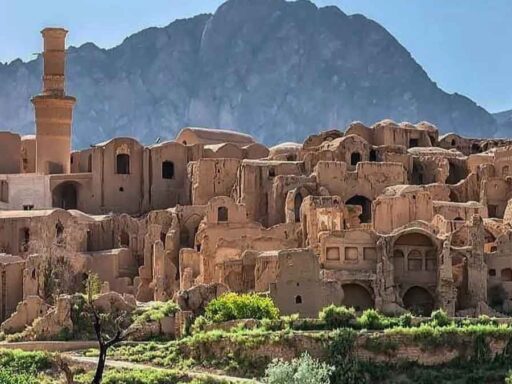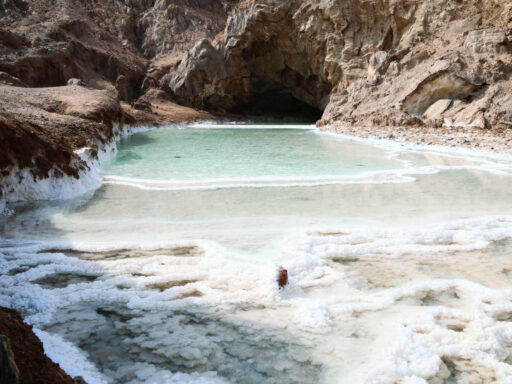Introducing The Sheikh Safi al-Din Khanegah and Shrine Ensemble
In the heart of Iran’s northwestern city of Ardabil, a magnificent architectural marvel stands as a testament to the country’s rich spiritual heritage and the enduring legacy of Sufism. The Sheikh Safi al-Din Khānegāh and Shrine Ensemble, a UNESCO World Heritage Site, is a breathtaking complex that has captivated visitors for centuries with its intricate design, mystical ambiance, and profound historical significance.
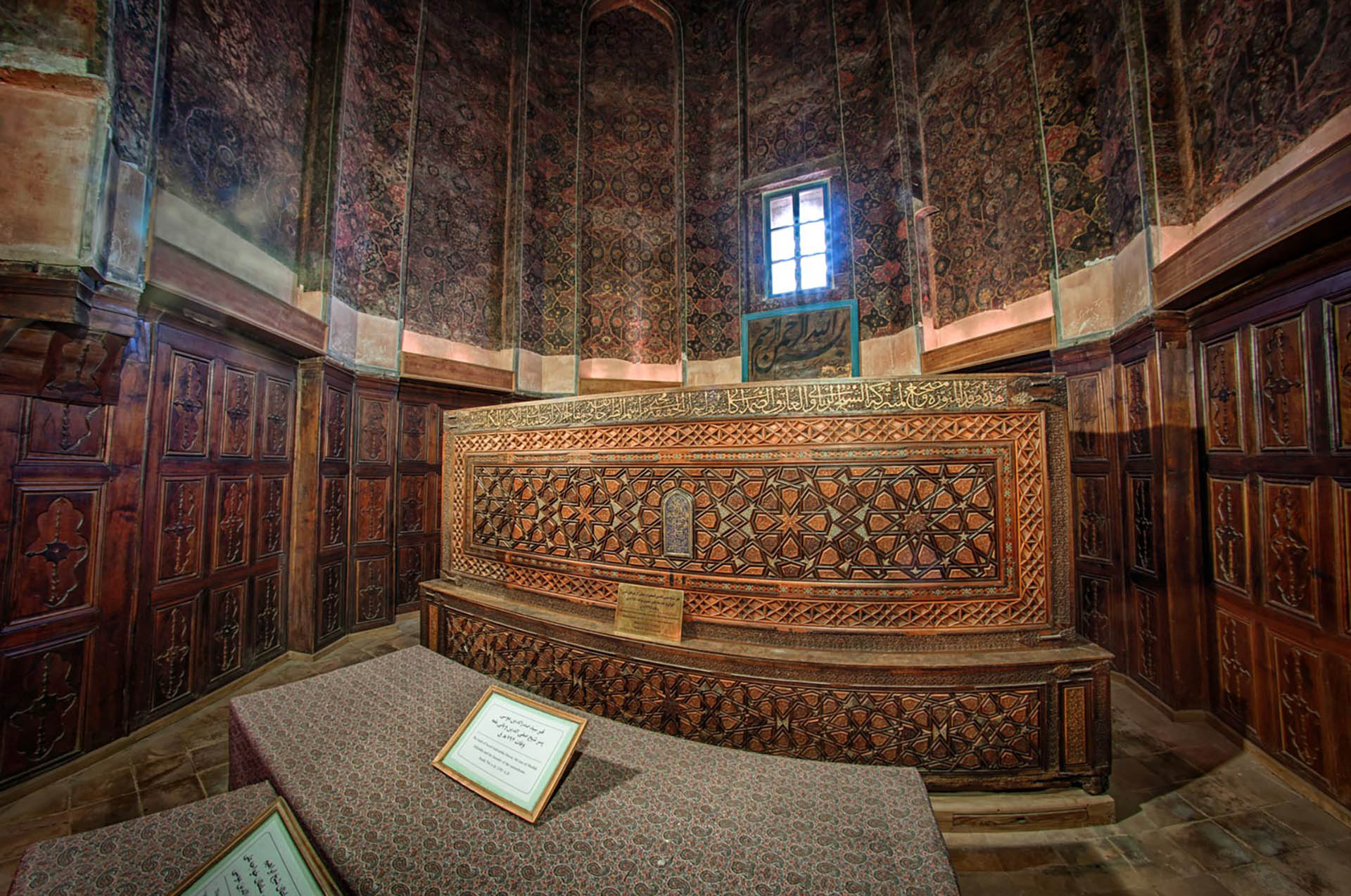
A Glimpse into Sufism and the Safavid Dynasty
The Roots of Sufism
To truly appreciate the Sheikh Safi al-Din Khānegāh and Shrine Ensemble, one must first understand the profound influence of Sufism, the mystical branch of Islam that has played a pivotal role in shaping Iranian culture and spirituality. Sufism emphasizes the inward journey, the pursuit of divine knowledge, and the cultivation of a deep connection with the divine through practices such as meditation, music, and poetry.
The Safavid Order
The Khānegāh and Shrine Ensemble is inextricably linked to the Safavid Order, a Sufi brotherhood that emerged in the 13th century and later became the ruling dynasty of Iran from 1501 to 1736. The order’s founder, Sheikh Safi al-Din Ardabili, was a revered Sufi mystic and spiritual leader whose teachings and legacy are enshrined within the walls of this magnificent complex.
The Birth of a Dynasty
As the Safavid Order grew in influence, its leaders recognized the need for a spiritual center that would serve as a gathering place for devotees and a symbol of their power. The construction of the Khānegāh and Shrine Ensemble began in the early 16th century, under the patronage of Shah Ismail I, the founder of the Safavid dynasty and a fervent follower of Sheikh Safi al-Din’s teachings.
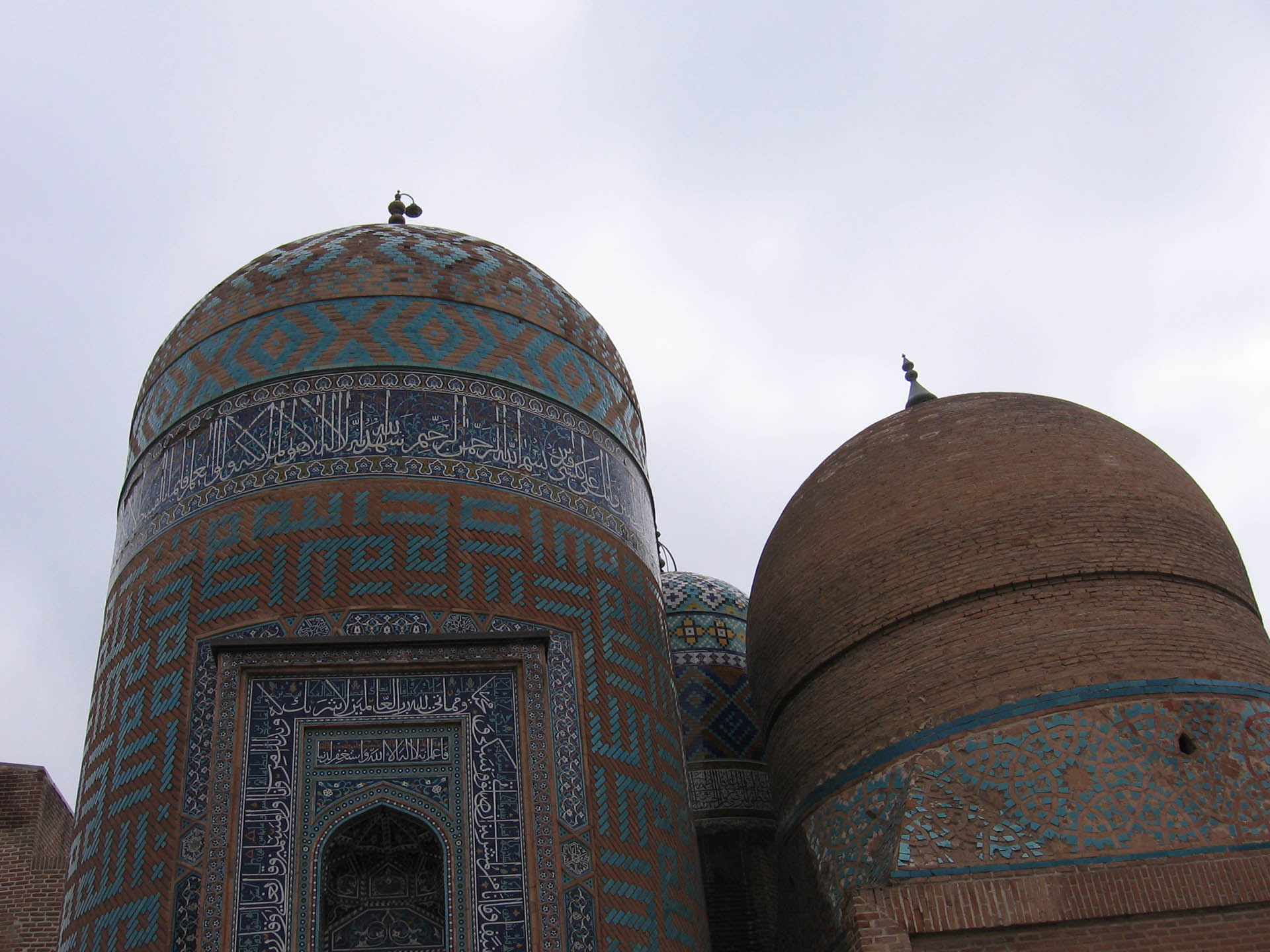
Architectural Splendor and Mystical Ambiance
A Harmonious Blend of Styles
The Sheikh Safi al-Din Khānegāh and Shrine Ensemble is a masterpiece of architectural synthesis, seamlessly blending Persian, Ottoman, and even Central Asian influences into a harmonious whole. The complex itself is a labyrinth of courtyards, domed sanctuaries, and intricate tilework, each element contributing to the overall mystical ambiance that pervades the site.
The Portico of Magnificence
One of the ensemble’s most striking features is the Portico of Magnificence, a grand entryway adorned with exquisite tilework and calligraphic inscriptions. This monumental portal serves as a gateway to the spiritual heart of the complex, inviting visitors to leave the material world behind and embark on an inner journey of contemplation and self-discovery.
The Domed Sanctuaries
Beyond the Portico of Magnificence, visitors are greeted by a series of domed sanctuaries, each adorned with intricate tilework, intricate muqarnas (honeycomb vaulting), and mesmerizing patterns that seem to dance with the shifting light. These sanctuaries were once used for Sufi rituals, meditation, and spiritual gatherings, and their timeless beauty continues to evoke a sense of reverence and awe.
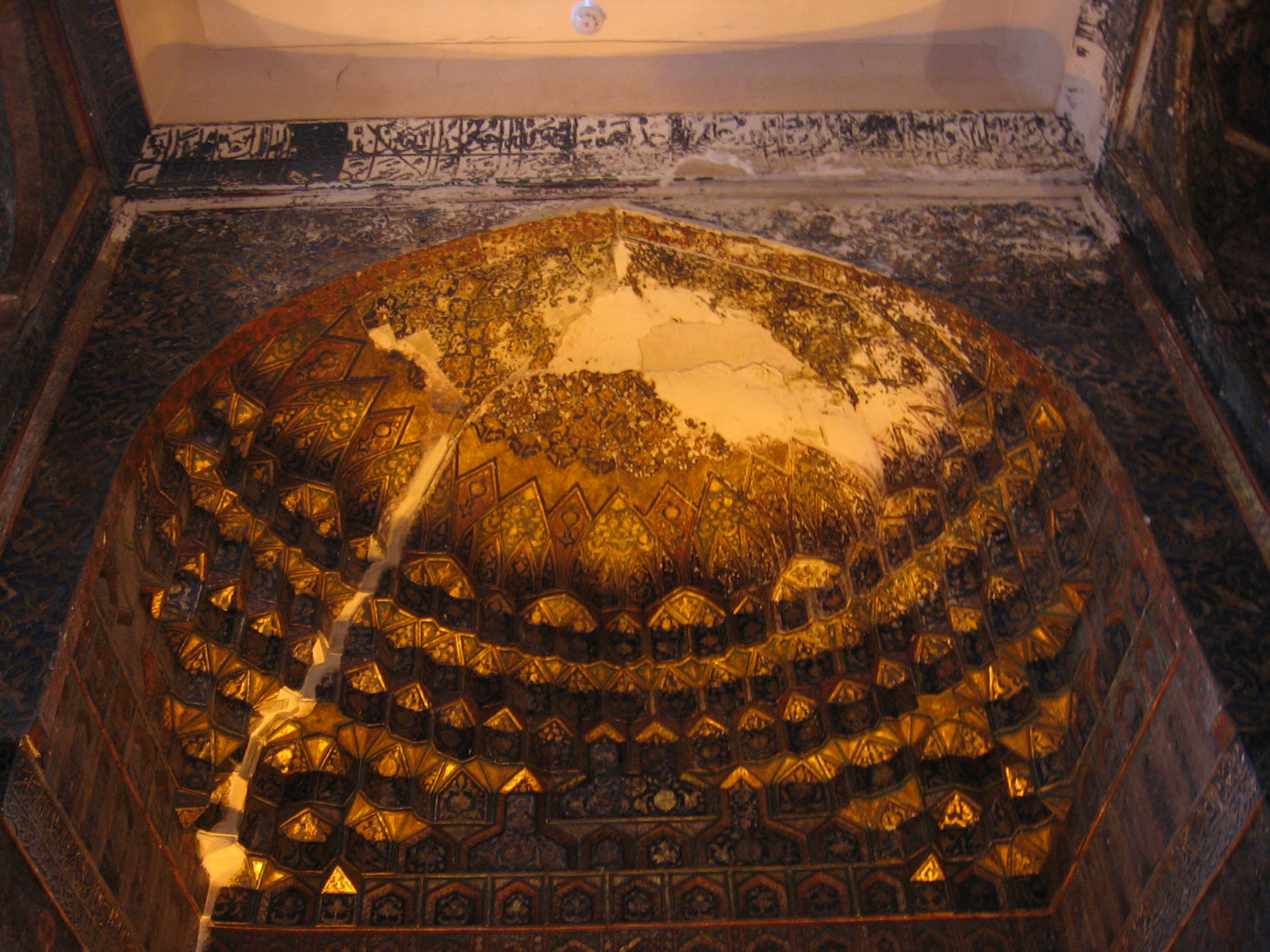
A Living Legacy of Spirituality and Craftsmanship
Preserving Ancient Traditions
The Sheikh Safi al-Din Khānegāh and Shrine Ensemble is not merely a relic of the past but a living legacy that continues to shape the cultural and spiritual fabric of Iran. Artisans and craftspeople from across the country converge here to learn and practice traditional techniques, ensuring that the rich heritage of Persian art and architecture is passed down from generation to generation.
The Art of Tilework
One of the most remarkable aspects of the complex is its stunning tilework, a testament to the skill and artistry of Iranian craftsmen throughout the ages. Each tile is meticulously crafted and glazed, with intricate patterns and designs that seem to come alive with every shift of light and shadow. Visitors can witness the painstaking process of tile-making firsthand, gaining a newfound appreciation for the dedication and mastery required to create such exquisite works of art.
H3: Sufi Rituals and Gatherings
While the Sheikh Safi al-Din Khānegāh and Shrine Ensemble is a popular tourist attraction, it remains a sacred site for Sufis and spiritual seekers from around the world. Visitors may have the opportunity to witness Sufi gatherings, where devotees engage in sacred rituals, chanting, and whirling dances, creating a mesmerizing and deeply moving experience that transcends cultural boundaries.
Beyond the Ensemble: Exploring Ardabil
A City Steeped in History
The Sheikh Safi al-Din Khānegāh and Shrine Ensemble is not the only attraction that draws visitors to Ardabil. This ancient city, nestled in the foothills of the Sabalan Mountains, is a treasure trove of historical and cultural riches, offering a glimpse into Iran’s storied past.
From the imposing Ark Castle, a fortified citadel dating back to the 5th century BCE, to the vibrant bazaars and traditional teahouses, Ardabil invites visitors to immerse themselves in the rhythms of daily life and discover the warmth and hospitality that defines Iranian culture.
Natural Wonders and Outdoor Adventures
Beyond its rich cultural heritage, Ardabil is a gateway to some of Iran’s most breathtaking natural landscapes. The nearby Sabalan Mountains offer ample opportunities for hiking, trekking, and mountaineering, with stunning vistas and untamed wilderness that will captivate even the most seasoned adventurers.
For those seeking a more serene experience, the region is dotted with hot springs, pristine lakes, and lush valleys, providing the perfect respite from the hustle and bustle of city life.
Culinary Delights
No visit to Ardabil would be complete without indulging in the region’s rich culinary traditions. From the aromatic kababs grilled to perfection over open fires to the delicate sweets infused with rose water and saffron, the local cuisine is a celebration of flavor and hospitality.
Visitors can explore the bustling markets, sample local delicacies, and even participate in cooking classes, learning the secrets of Persian cuisine from skilled chefs who have mastered the art of blending spices and flavors into culinary masterpieces.
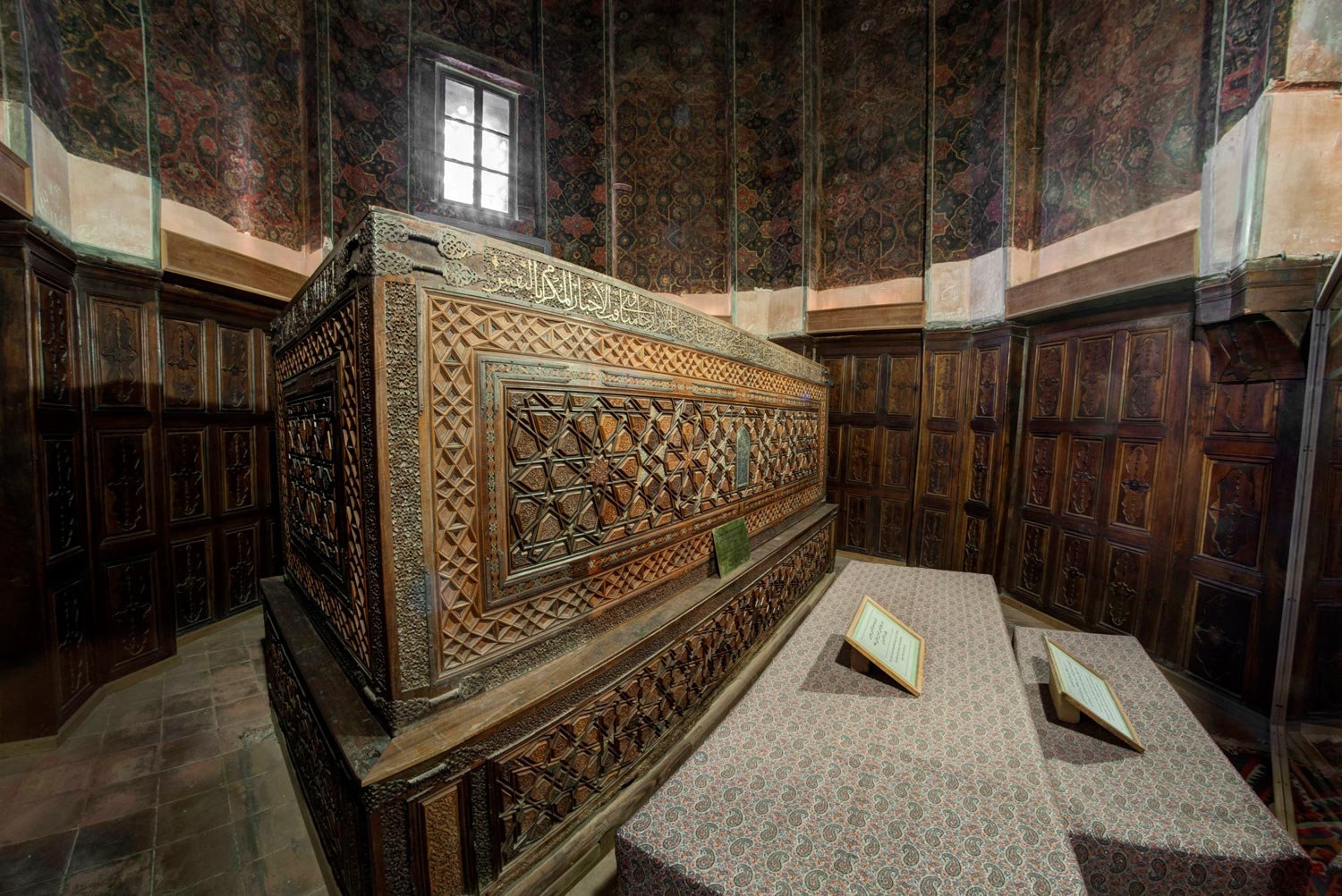
Getting There and Accommodation
Ardabil is conveniently located in northwestern Iran, accessible by air, rail, or road from major cities such as Tehran and Tabriz. Once in the city, visitors will find a range of accommodation options to suit various budgets and preferences, from traditional guesthouses to modern hotels.
It is recommended to plan your visit during the milder spring or fall seasons when the weather is most pleasant and the crowds are less overwhelming.
Sustainable Tourism and Preservation Efforts
As the Sheikh Safi al-Din Khānegāh and Shrine Ensemble continues to attract visitors from around the world, efforts are underway to ensure its preservation and the responsible management of tourism. Local authorities and organizations are working to implement sustainable practices, educate visitors on the importance of respecting cultural heritage sites, and promote eco-friendly alternatives to minimize the environmental impact of tourism.
By supporting these initiatives and adhering to responsible tourism guidelines, visitors can play an active role in preserving this remarkable site for future generations and contributing to the ongoing preservation of Iran’s rich cultural tapestry.
Conclusion
The Sheikh Safi al-Din Khānegāh and Shrine Ensemble is more than just an architectural marvel; it is a gateway to the mystical depths of Iranian spirituality and a living embodiment of the country’s enduring legacy of craftsmanship and artistic expression. Whether you seek enlightenment, cultural enrichment, or simply the opportunity to marvel at breathtaking beauty, this UNESCO World Heritage Site promises an unforgettable journey into the heart of Iran’s rich tapestry of history, tradition, and faith.


